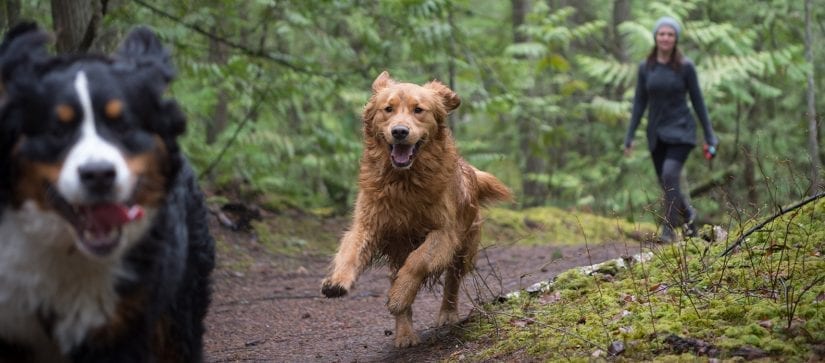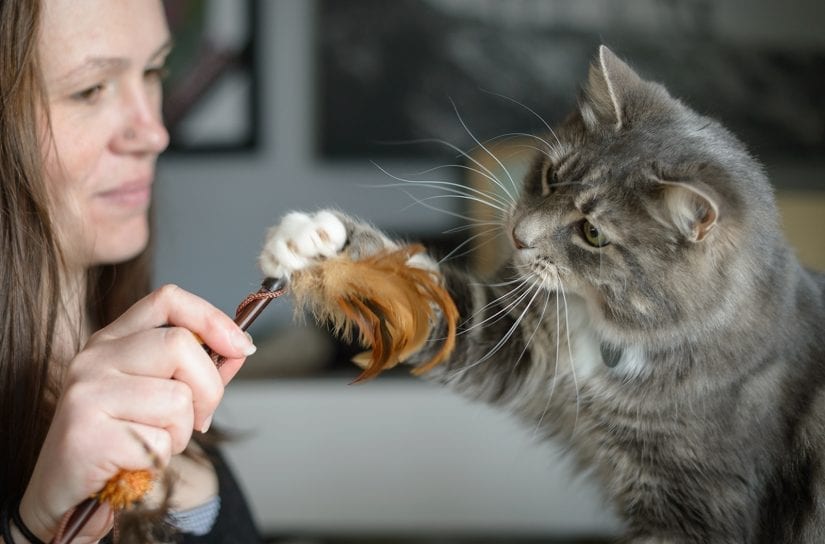Pet care & behaviour
Spaying or neutering your dog, cat or rabbit doesn’t just help prevent accidental litters. It also has health and behavioural benefits for your pet.
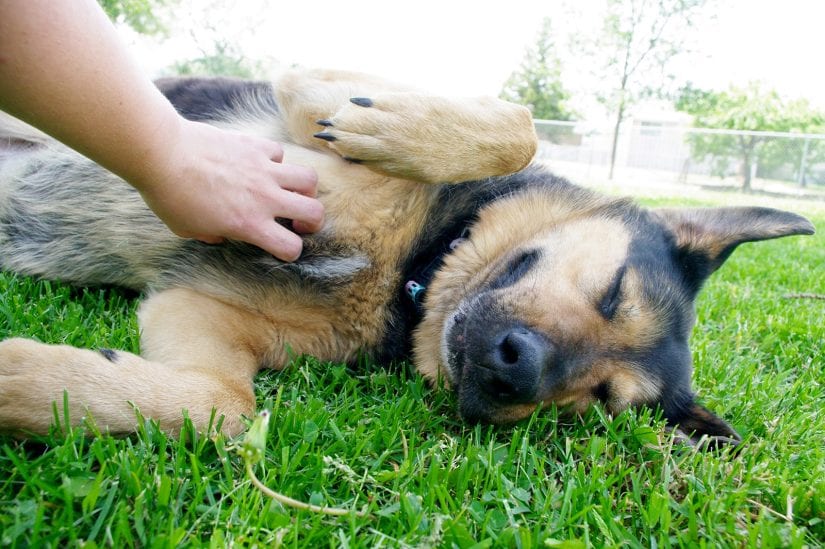
Benefits of spaying and neutering your pet
Generally, neutering decreases aggressive behaviours in pets
- Neutered dogs are calmer and less likely to bite, attack or get into dog fights.
- Neutered cats and rabbits don’t have the drive to mark and protect their territories and are less likely to spray or get into fights, resulting in fewer injuries.
Spaying ends the heat cycle in females
- Heat cycles are usually twice a year for dogs, and result in many unwanted behavioural changes including possible aggression.
- Cats generally go in and out of heat every three weeks between January and November.
- Female cats in heat can howl relentlessly, may try to escape to mate, spray or urinate inappropriately and attract unwanted male cats.
Spaying and neutering lowers the chance of reproductive health problems
- Studies show that spayed/neutered pets, on average, live longer.
- Spaying eliminates the risk of ovarian and uterine cancer and pyometra (life-threatening infection of the uterus) in dogs, cats, and rabbits. Up to 80% of unspayed rabbits will develop uterine cancer.
- Spaying reduces the risk of mammary cancer in cats, dogs, and rabbits.
- Neutering eliminates the risk of testicular cancer in all species and lowers the risk of prostate problems in male dogs.

Spaying and neutering eliminates the drive to reproduce
- The likelihood of your male pet wandering away or escaping will be decreased.
- Male dogs can smell a female in heat up to a kilometre away.
- Once neutered, your pet will be less frustrated and may become a calmer companion.
Spaying and neutering provides an opportunity to have other important procedures performed
- Other procedures, as necessary, can also be done at the time of the operation.
- This includes procedures such as an identification tattoo or microchip, teeth cleaning, hernia repair and baby teeth removal.
Spaying and neutering prevents accidental pregnancies
- Research shows that the majority of cat pregnancies are unintended.
- Pregnancy is hard on the mom physically. Prenatal care, birth complications, and puppy/kitten care can be costly.
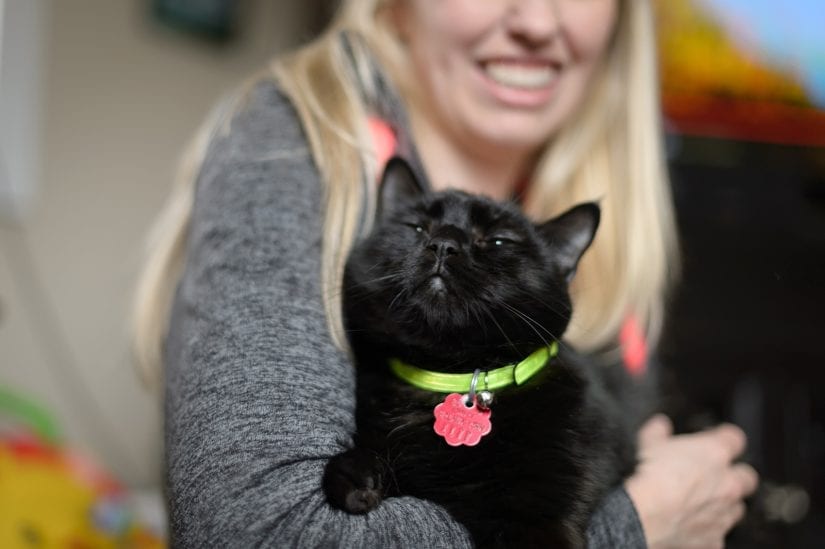
Spaying and neutering helps your community
- Research shows that, as an individual, you help reduce overpopulation issues in your community when you spay or neuter your pet.
- Spaying and neutering your pet helps reduce the number of stray or unwanted animals in your community.
- Reducing the amount of stray animals helps prevent other pets and wildlife from being injured or killed in fights.
- Fixing your pet helps lessen the amount of stray animals getting into or causing car accidents, getting into garbage cans and damaging property.
Learn how fixing your cat helps combat the cat overpopulation problem and how you can take action in your community.
But aren’t there also some risks to spaying and neutering?
Yes, any surgical procedure carries some risks. However, the overall benefit outweighs the risk for most animals. Talk to your veterinarian about the best choice for your pet.
- Risks of surgery and anesthesia include pain, bleeding, infection, the incision opening up, or a bad reaction to the drugs used.
- Spaying and neutering removes reproductive hormones from your pet’s body. This has many benefits but also has minor effects on bone development and other body systems.
- Several recent studies show higher rates of some bone and joint problems and cancers in purebred dogs spayed and neutered as puppies. These studies have attracted a lot of attention.
- The studies involved small numbers of dogs who were already predisposed to the problems being studied because of their breeds. More research is needed to understand these risks.
- If you are concerned about risks of spaying and neutering, don’t just consult the internet. Talk to your veterinarian about what is best for your pet.
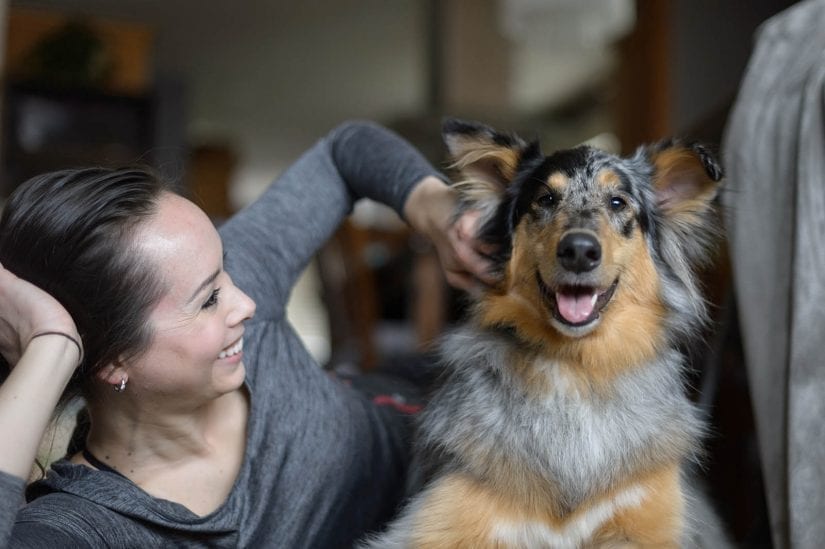
I still have questions about spaying and neutering
Shouldn’t a female cat/dog have a litter before being spayed?
Will spaying/neutering change my pets personality?
Will my pet become fat/lazy once it is fixed?
What does spay or neuter mean?
When should my cat/dog/animal be fixed?
What does it cost to spay/neuter my cat/dog/animal?
Find out more about the benefits of sterilizing your pet and how February is spay/neuter awareness month.
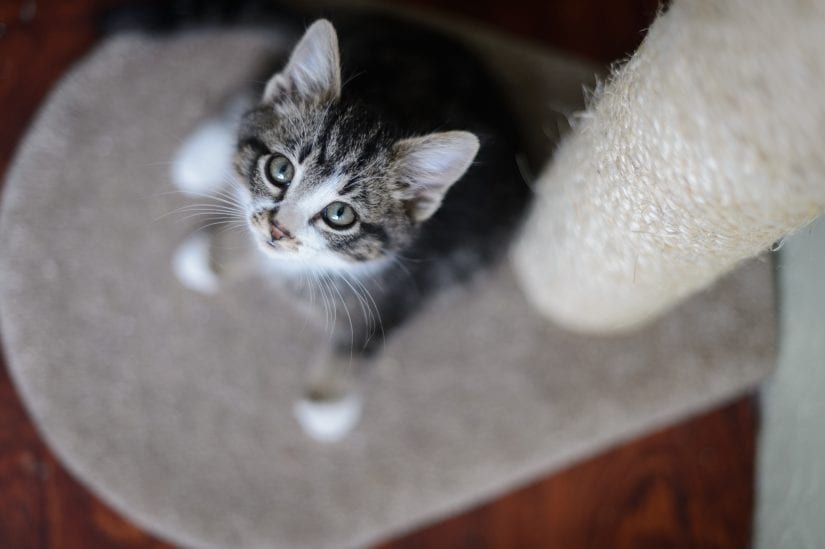
“Spaying” and “neutering” are surgical procedures used to prevent pets from reproducing. In a female animal, “spaying” consists of removing the ovaries or uterus and ovaries. The technical term is ovariectomy or ovariohysterectomy. For a male animal, “neutering” involves the removal of the testicles, and this is known as castration.
In addition to preventing unwanted offspring, spaying or neutering has many health and behavioural benefits to the animal.

If you are adopting your cat, dog or rabbit from the BC SPCA, spay/neuter is included in the adoption fee.
For other animals, the cost of spaying or neutering your pet depends on many factors and will vary according to each pet’s circumstances and needs. For example, a large dog will cost more than a small dog. If your pet is overweight or in heat this can also add to the cost. Contact your veterinarian to get a more accurate idea of the costs involved for your pet.

The cost of spaying/neutering is small when compared to other costs of pet care, such as what you will spend on food for your pet over their lifetime.
Consider the possible costs if you do not spay or neuter. If your pet should wander off in search of a mate, you may be faced with paying fines and impoundment fees. You may also be faced with the additional costs of caring for puppies or kittens for whom finding homes may be difficult. Worse yet, think of the costs should your pet be injured while roaming for a mate.
Spaying or neutering is a one-time investment with life-long health and welfare benefits for your companion.
If you require financial assistance, learn about low-cost spay/neuter programs in B.C.
Generally, spaying or neutering your pet will not change its personality. If there are any effects on behaviour, they tend to be positive (reducing unwanted behaviour). Spaying or neutering will not change your pet’s affection level or playfulness.
For females, there is typically no change at all. For males, there may be a reduction in some aggressive and roaming behaviours. If you have more than one pet, you will find they often get along much better if they are all spayed or neutered.
Learn more about the benefits of spaying and neutering your pet.
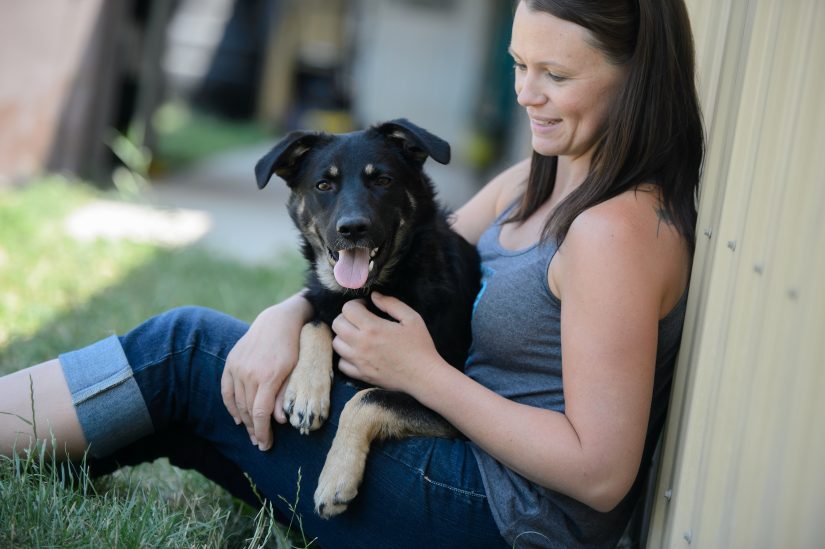
Most unintentional litters (particularly with cats) occur because guardians waited too long to have the surgery done. The usual recommendation is before six months of age for cats, and before six and a half months for dogs. Consult your veterinarian to determine the best time for your pet. Female cats and dogs do not have to have a litter before being fixed.
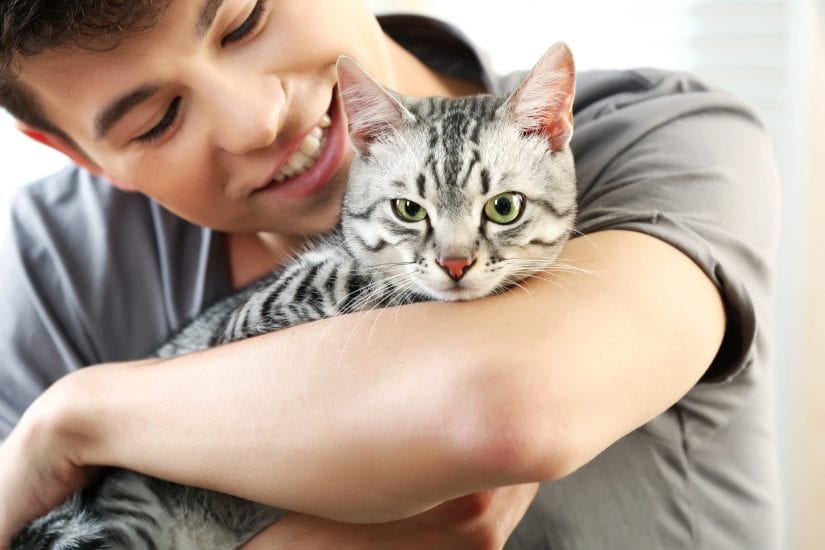
The BC SPCA supports early age spay/neuter procedures for dogs and cats. Pediatric sterilization prevents excess litters by ensuring animals are sterilized before adoption. This helps combat pet overpopulation and euthanasia of unwanted animals. All major professional, academic, and animal welfare organizations in North America support pediatric spay/neuter for shelter animals.
The BC SPCA will continue to promote other methods of combating pet overpopulation, including education and public awareness campaigns, non-surgical methods of sterilization, traditional spay/neuter initiatives and behaviour training.
The BC SPCA believes pediatric spay/neuter to be appropriate with the following qualifications:
- The procedure takes place between 8 and 16 weeks of age
- The animal is judged to be clinically normal and healthy prior to surgery
- Proper surgical protocols specific to these young animals are employed
- Post-surgery complications receive special attention
No. Your pet will actually benefit from spaying or neutering, because he or she will lead a healthier and longer life. Pets become fat and lazy as a result of overeating and a lack of exercise, not from spaying or neutering. Furthermore, spaying a female eliminates the possibility of her developing uterine and/or ovarian cancer and greatly reduces the chance of breast cancer. Neutering a male eliminates the risk of testicular cancer.
